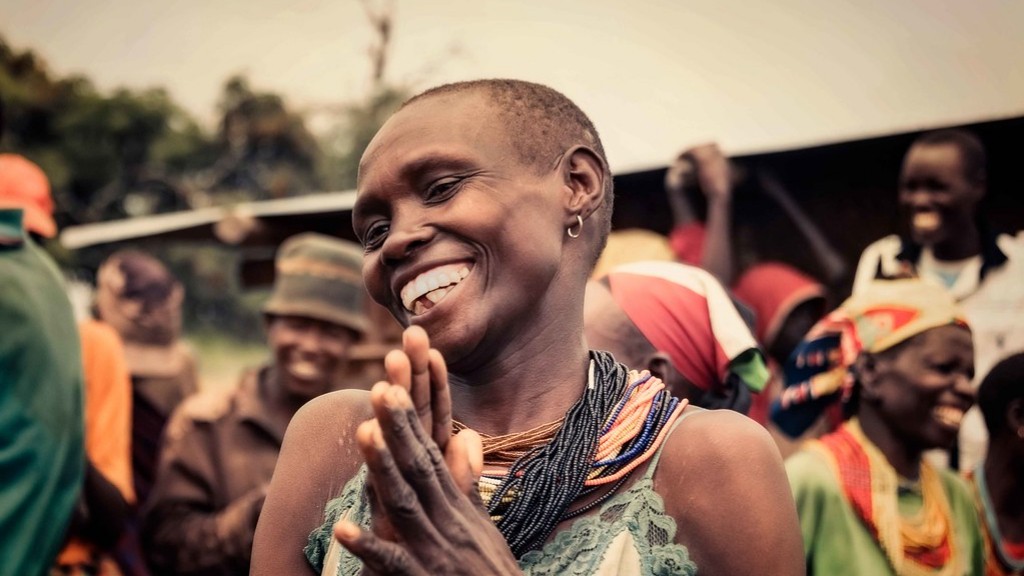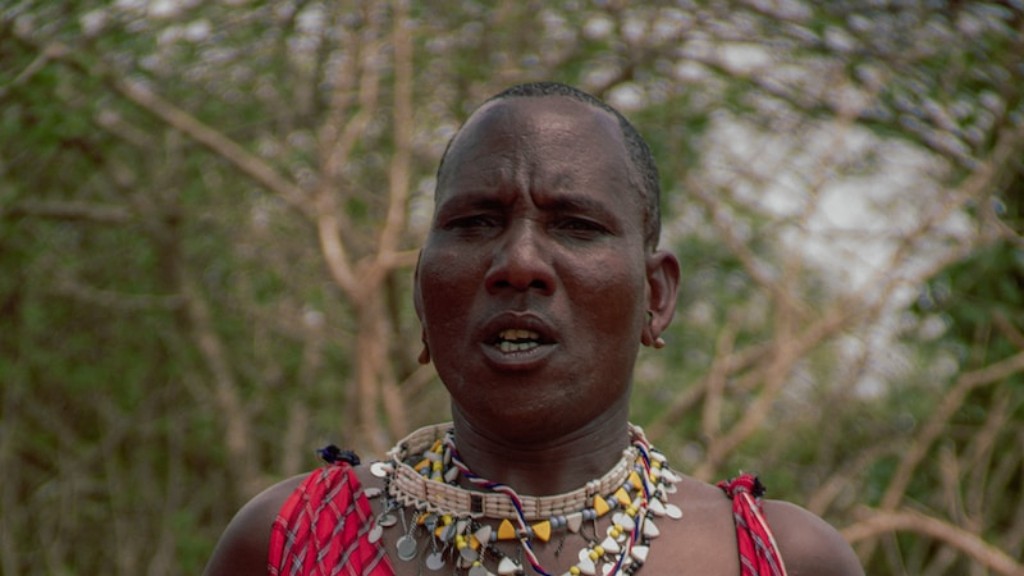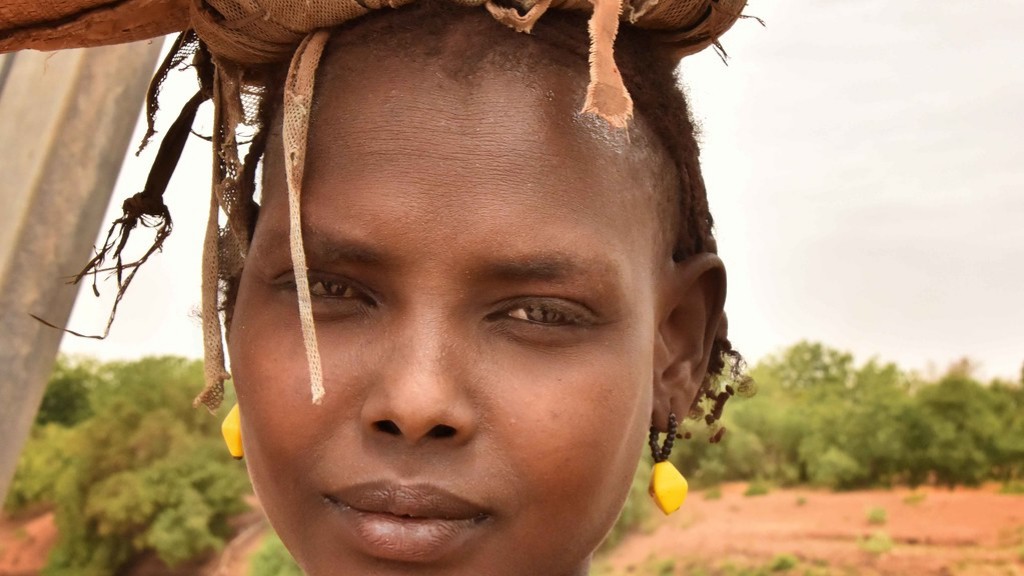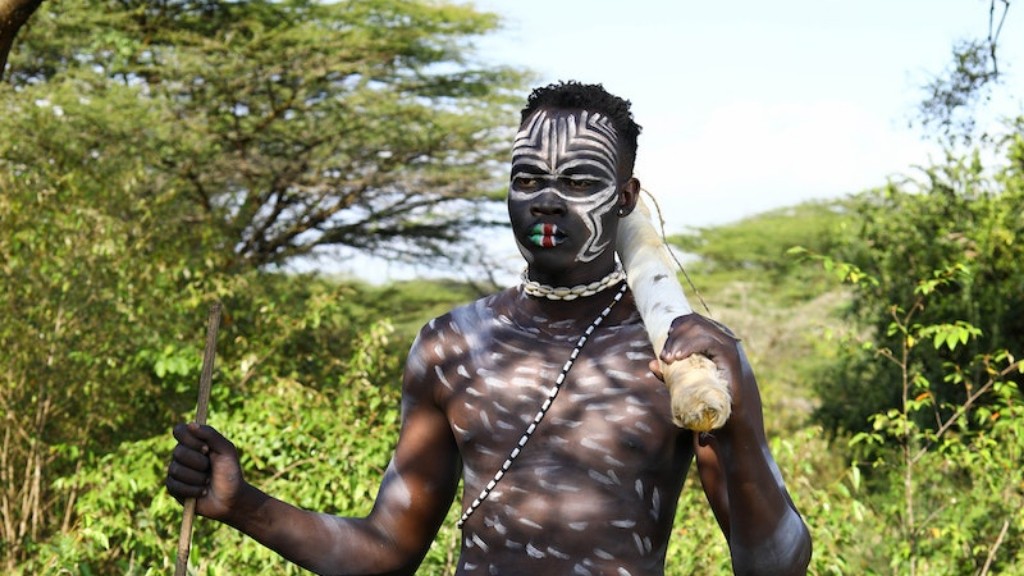Africa’s Tallest Tribe – A Glimpse into the Remarkable Dinka Culture
Africa is a continent rich in diverse cultures, each with its own unique traditions and customs. Among its many fascinating tribes, the Dinka tribe stands out for their exceptional height. The Dinka tribe, located primarily in South Sudan, is renowned for being one of the tallest tribes in Africa and perhaps even the world. In this article, we will explore the background, lifestyle, and significance of the Dinka people.
The Dinka Tribe: Roots and History
The Dinka people belong to the Nilotic ethnic group and have resided in what is now South Sudan for centuries. With an estimated population of two to three million, the Dinka tribe is the largest ethnic group in South Sudan. They have a rich history that intertwines with the land they inhabit and their traditional way of life.
Archaeological evidence suggests that the Dinka tribe’s presence in the region can be traced back to the 5th century AD. They have developed a deep connection with the Nile River, which plays a central role in their economic and cultural activities. Historically, the Dinka are known for their cattle-herding practices, cultivating crops like millet, and engaging in fishing along the Nile.
The social structure of the Dinka tribe is organized around clans, with each clan having its own hierarchy and leadership. The tribe places great importance on communal living, fostering strong bonds within their communities and extended families. These close-knit relationships form the foundation of their society and help them navigate the challenges of their environment.
The Remarkable Height of the Dinka Tribe
When discussing the Dinka tribe, their outstanding height cannot go unnoticed. The Dinka people have often been referred to as the tallest tribe in Africa. It is estimated that the average height of Dinka men is around 6 feet 3 inches (190 cm), while women reach an average height of 6 feet (180 cm). This genetic predisposition to height has fascinated researchers and experts worldwide.
The unique genetic factors contributing to the height of the Dinka people have been subject to scientific studies. Research suggests that specific genes and inherited traits are responsible for their remarkable stature. The presence of these genetic attributes can be attributed to both natural selection and the allocation of resources within their environment.
It is important to note that height is not the sole defining characteristic of the Dinka tribe. Their cultural practices, values, and resilience have played an equally significant role in shaping their identity and reputation.
The Cultural Significance and Rituals of the Dinka Tribe
The Dinka people have a rich cultural heritage, filled with unique rituals and practices that have been passed down through generations. Cattle holding a central place in their lives, the tribe often arranges cattle raids, which serve as a way to enhance one’s wealth and reputation. These raids, although primarily focused on cattle, are also seen as an opportunity for young men to showcase their bravery and physical prowess.
One of the most notable cultural practices of the Dinka tribe is the initiation ceremony called “Dinka Male Rek.” This rite of passage marks the transition of young boys into adulthood and encompasses several stages. During the initiation, boys are scarred in intricate patterns, symbolizing their belongingness to a particular clan and showcasing their bravery. This ritual strengthens their bond with their community and ensures continuity of Dinka traditions.
Music and dance are integral parts of the Dinka culture. They use vibrant rhythms and graceful movements to express their joy, sorrow, and various aspects of daily life. These cultural expressions are not only meant for entertainment but also serve as a way to pass down stories, traditions, and wisdom from one generation to the next.
Preserving Dinka Culture in a Changing World
While the Dinka tribe thrives on their rich cultural traditions, they face challenges in maintaining their way of life in a rapidly changing world. The pressures of modernization, political instability, and social transformations pose threats to their cultural practices and values.
Efforts are being made by various individuals and organizations to promote and preserve Dinka culture. Documentaries, photography, and books have been instrumental in raising awareness about the uniqueness of the Dinka tribe and their cultural heritage. Cultural exchanges with other communities allow for mutual understanding and appreciation of diverse traditions.
The Dinka tribe’s remarkable height and cultural traditions continue to captivate individuals from around the world. As we celebrate human diversity, it is essential to recognize and respect the beauty and significance of each culture, such as the resilient and fascinating Dinka tribe.



